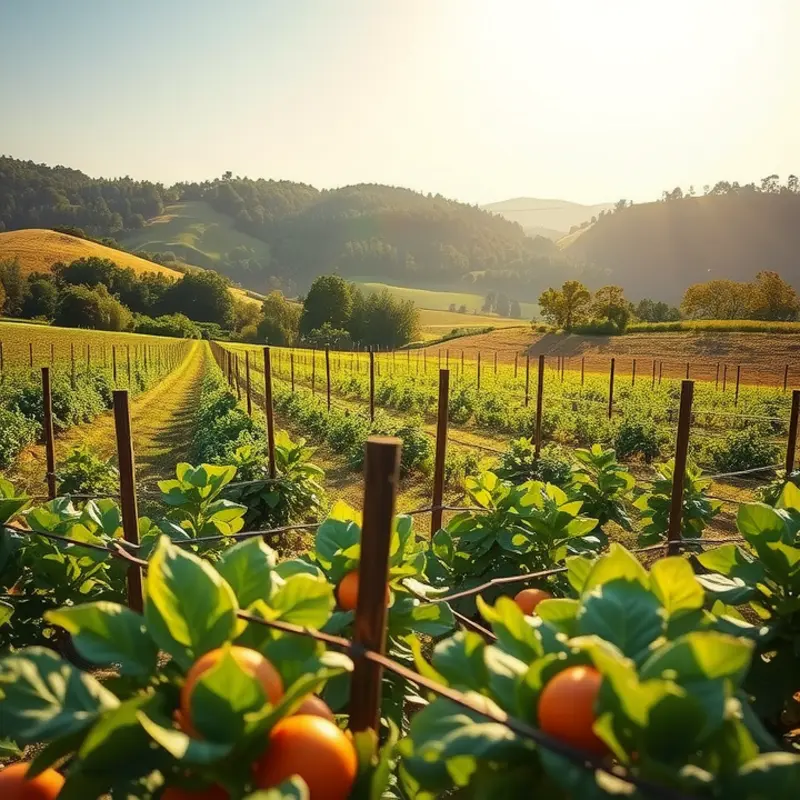Cleaning up after cooking can often feel overwhelming, but it doesn’t have to be. Implementing efficient methods can transform your kitchen cleanup into a quick and manageable task. By adopting a few practical strategies and organizational tricks, you’ll spend less time scrubbing pots and more time enjoying your culinary creations. Whether you’re an experienced chef or just starting, these tips will help simplify your post-cooking routine.
Prep Your Kitchen Ahead

Efficiency in the kitchen begins before the cooking does. Prepping your kitchen ahead of your meal preparation can significantly cut down on your cleanup time. Let’s explore some effective strategies to streamline your cooking process by organizing and setting up your space before you start.
Start by creating a clean slate. This means removing any unnecessary items from countertops and ensuring your sink and dishwasher are empty. A clear workspace allows you to focus better and reduces clutter, making it easier to clean as you move along.
Consider setting up a “mise en place,” a method used by professional chefs. This French term translates to “everything in its place,” and involves measuring and preparing all your ingredients before cooking. This proactive organization not only saves time during cooking but also minimizes mess since you won’t be scrambling to find ingredients mid-recipe.
Organize your tools and utensils wisely. Group the necessary equipment together, ensuring that they are accessible and ready to use. For instance, if you plan to slice and dice, make sure your cutting board, knives, and bowls are within reach. Once you finish using an item, consider placing it in the dishwasher or a soapy water basin to avoid pile-ups later.
Integrate small waste bowls into your prep station. These bowls serve as mini trash bins for food scraps, packaging, and any bits you’d otherwise leave dispersed over your workspace. Consolidating waste processing into a centralized location keeps your countertops clutter-free, facilitating a quicker clean as you progress.
Prepping also involves effective ingredient organization. Use proper food storage techniques for items that lay around longer. Implementing airtight containers or re-sealable bags helps maintain freshness and reduces spoilage. For more detailed tips on food storage, you might find this guide on eco-smart kitchen storage useful.
Lastly, consider creating a checklist of tasks you can complete during idle times, such as waiting for water to boil or the oven to preheat. During these moments, unload the dishwasher, wipe stray spills, or neatly stack ingredients back into the pantry. By making efficient use of these downtimes, you spread out the workload, significantly reducing the post-cooking scramble.
By investing some thought into how you prepare your cooking environment, you not only craft an efficient workflow but also ensure a smoother, more pleasant cleanup phase. Organizing your kitchen ahead reaps tangible rewards in time and simplicity, enhancing your overall cooking experience.
Streamlining the Post-Cooking Process

One of the most effective ways to streamline your post-cooking process is by keeping an organized kitchen. Start by ensuring all your cooking essentials are within arm’s reach. Designate specific areas for different materials—knives, spatulas, and cutting boards should have their respective spots. Utilize drawer organizers to keep small items tidy and easy to find.
Multitasking is another key strategy. While your food is cooking, take time to wash used utensils or wipe counters. This minimizes clutter and reduces the workload after a meal. For instance, rinse mixing bowls immediately after use; this prevents food from hardening and makes cleaning easier.
Adopt a ‘clean as you go’ habit. Every spare moment during cooking can be used to tidy up. Waiting for water to boil? Use the time to wipe down the stovetop. These small habits significantly reduce the overall cleaning time once you’re done cooking.
Incorporate clever cleaning hacks to simplify tasks. A bowl of steaming water can loosen food residue in the microwave, making it a breeze to wipe clean. For stuck-on messes in pots, a simple mix of water and baking soda creates a gentle abrasive that lifts residue without scratching cookware.
Consider creating a dedicated space for recycling and waste to streamline disposal during cooking. A mobile trash or compost bin under the counter can reduce the number of steps you take, keeping your cooking area clear.
For those interested in eco-friendly strategies, visit our guide on low-waste cooking prep. This guide offers tips for reducing waste, which complements an efficient kitchen cleanup routine.
Integrating these strategies into your routine allows you to enjoy the culinary process without the looming task of extensive cleaning. By focusing on organization, multitasking, and utilizing clever cleaning hacks, you make post-cooking cleanup more manageable and less time-consuming.
Final words
Efficient kitchen cleanup not only saves time but can also enhance your cooking experience. By taking a few moments to prep your workspace and employing simple strategies during and after cooking, you can significantly reduce the workload that often follows meal preparation. Remember, a well-organized kitchen leads to a more enjoyable cooking process. Challenge yourself to implement these tips and see how they reshape your post-cooking routine. A clean kitchen makes for a happy cook!







